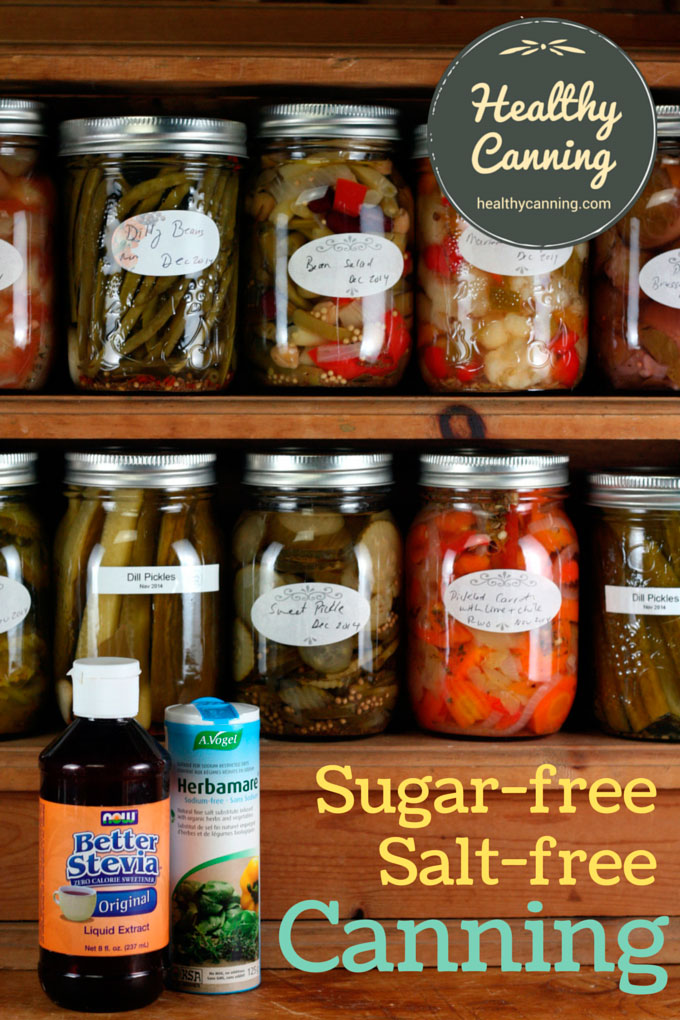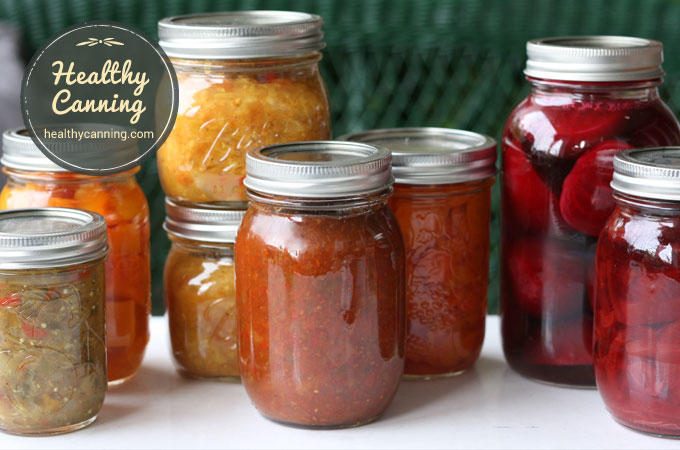Much home canning can be done without added sugar and salt, leaving only the naturally occurring amounts.
In many home canning recipes, sugar and salt are added for purposes of flavour, texture, colour, etc., but not as a spoilage prevention agent or safety agent while the jars are sealed.
That being said, there is also absolutely a small handful of traditional recipes that rely on either salt for safety (such as fermented foods), or sugar, to provide safety through reduced water-activity. It’s important to know the recipes where salt and sugar are critical for safety of the recipe.
Related topics for more information
Just how nutritious are home canned foods?
Sugar
Smarter sweet choices for your home canning
Sugar-free jams and marmalades
Salt
The role of salt in home canning
Salt substitutes in home canning
National Center for Home Food Preservation FAQs on Salt and Sugar
Is it safe to can food without salt? Yes. Salt is used for flavor only and is not necessary to prevent spoilage. [Exceptions: For safety reasons fermented foods such as sauerkraut and fermented pickles must use salt in quantities indicated].
Is it safe to can meat and poultry without salt? Yes. Salt is used for flavor only and is not necessary for safe processing.
Is it safe to can fruits without sugar? Yes. Sugar is added to improve flavor, help stabilize color, and retain the shape of the fruit. It is not added as a preservative.
Penn State Extension on Salt and Sugar in Home Canning
Is it safe to can vegetables and meats without salt?
Yes. Salt is used for flavor only and is not necessary to prevent spoilage.
Is it safe to can fruits without sugar?
Yes. Sugar is added to improve flavor, help stabilize color, and retain the shape of the fruit. It is not added as a preservative. [1]11 Canning Questions and Answers. Well Preserved Column – Interview with Penn State Extension educators. Lancaster Farming. 12 May 2016.
References



Diane Hollen
I need to can tomato juice with out salt . I have tried vinegar, ugh! Can you help ???
Betsy Mickey
Can you safely can lemon curd sweetened with artificial sweeteners?
Healthy Canning
We don’t know of any recipes tested for that. We would freeze it. Even with full sugar, it has a very special, short storage life.
Walter
Looking to cut back on sugar,is it ok to use a sugar substitute like erythritol in canning recipes instead of sugar?
Timothy
I prefer stevia as a dibetic I am interested in long term storage for it.Has any research done on any long term storage for any sugar substitute’s?
Healthy Canning
For a discussion of shelf life, see here: https://www.healthycanning.com/the-shelf-life-of-home-canned-goods/